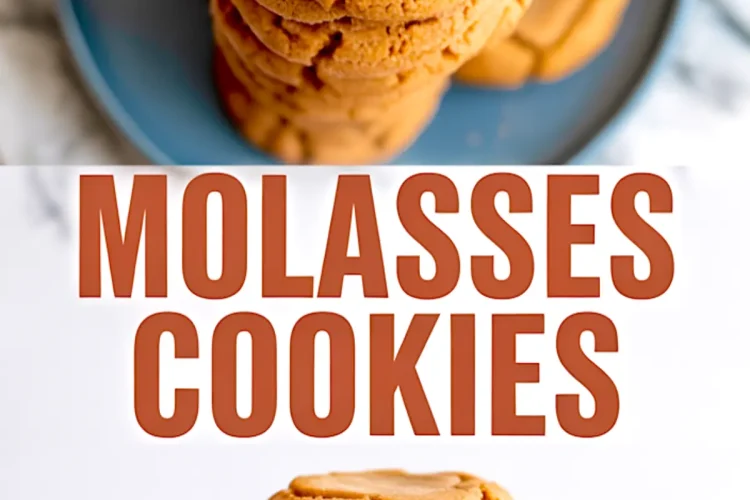Why This Classic Molasses Cookie Still Wins Today
Soft molasses cookies bring more than warmth. They offer structure. They carry the flavor of old kitchens and quiet snowfalls. And they do it with nothing more than brown sugar, butter, and a pantry of ground spices.
This is the kind of cookie recipe you return to. The kind you don’t outgrow. You mix it with a spoon, shape it by hand, and trust the oven to do the rest. If you’re after chewy molasses cookies with crisp edges and that signature crackled top, this one delivers without fuss.
In this post, I’ll walk you through exactly how to make this dough, how to bake it without drying the centers, and how to adjust the spice level depending on who’s coming over.
You’ll also get a practical comparison between butter choices—because yes, it makes a difference. And I’ll share how I store these to maintain the soft, bend-in-the-middle texture day after day.
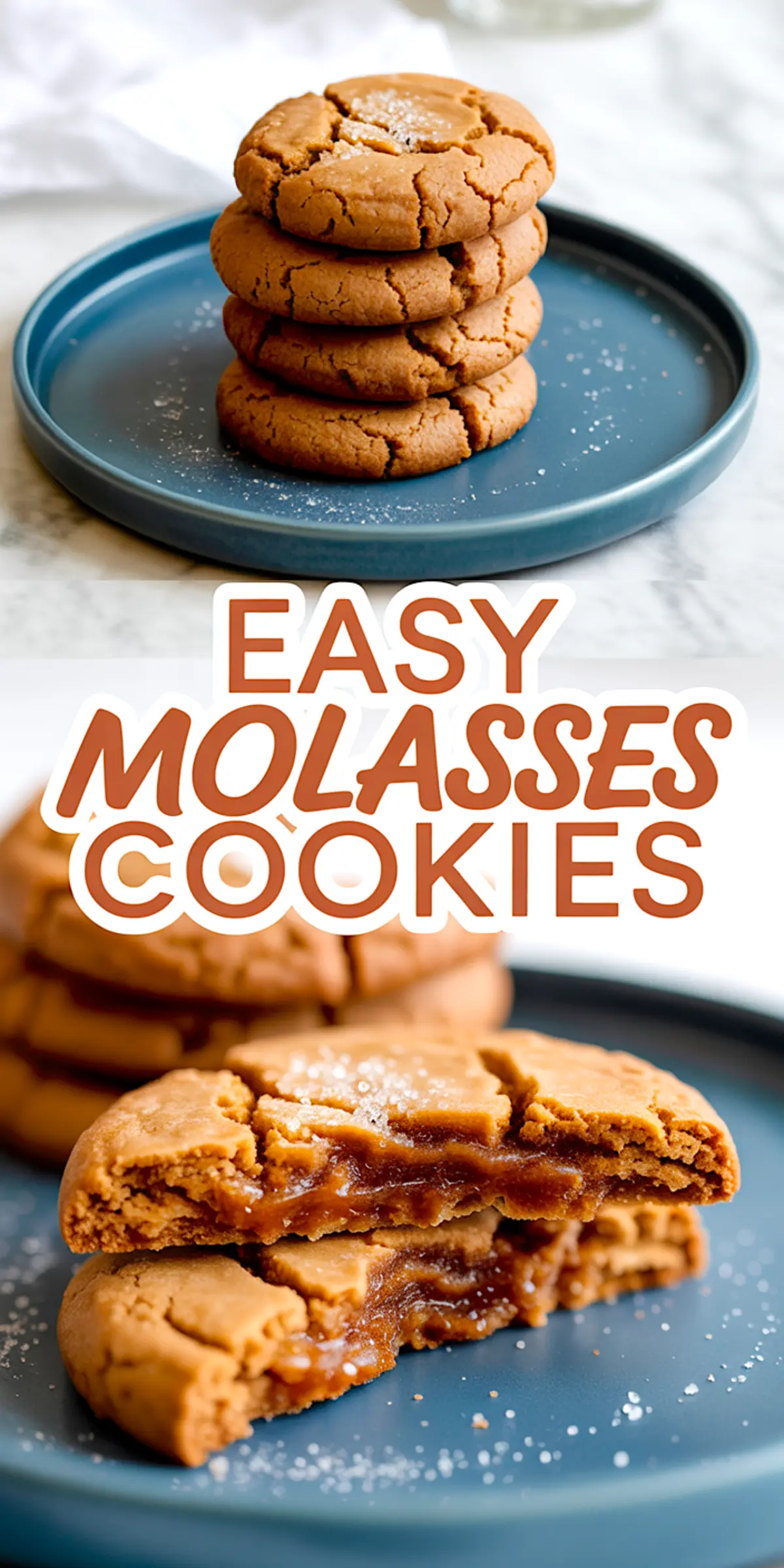
What Makes This the Best Molasses Cookie Recipe?
The depth comes from unsulfured molasses, which balances beautifully with dark brown sugar and warm spices. Cinnamon takes the lead, but the ginger and clove give it backbone.
No fancy equipment. No chilling. Just melt, stir, and bake.
What sets this version apart from the many soft molasses cookie recipes out there is that it doesn’t skimp on structure. These cookies spread just enough to crinkle on top but hold their form on the edges. That contrast—soft center, crisp edge—is what gives them their appeal.
If you’re gathering ideas for a cookie box or browsing holiday cookie recipes, this one anchors the lineup with character and depth.
Ingredient Notes – Brown Sugar and Spice Make All the Difference

You’ll need all-purpose flour, baking soda, ground cinnamon, ginger, and cloves. I use a half teaspoon of salt to sharpen the profile slightly. Don’t leave that out.

Butter plays a structural role here, so I use unsalted and melt it first. It binds the dough more evenly and speeds up the mixing.
In my notes, I’ve found that dark brown sugar yields a more flavorful cookie than light brown sugar. It adds moisture and gives each bite a molasses-forward finish without tipping into bitterness. If you only have light brown on hand, the recipe still works—but the flavor rounds off a little softer.
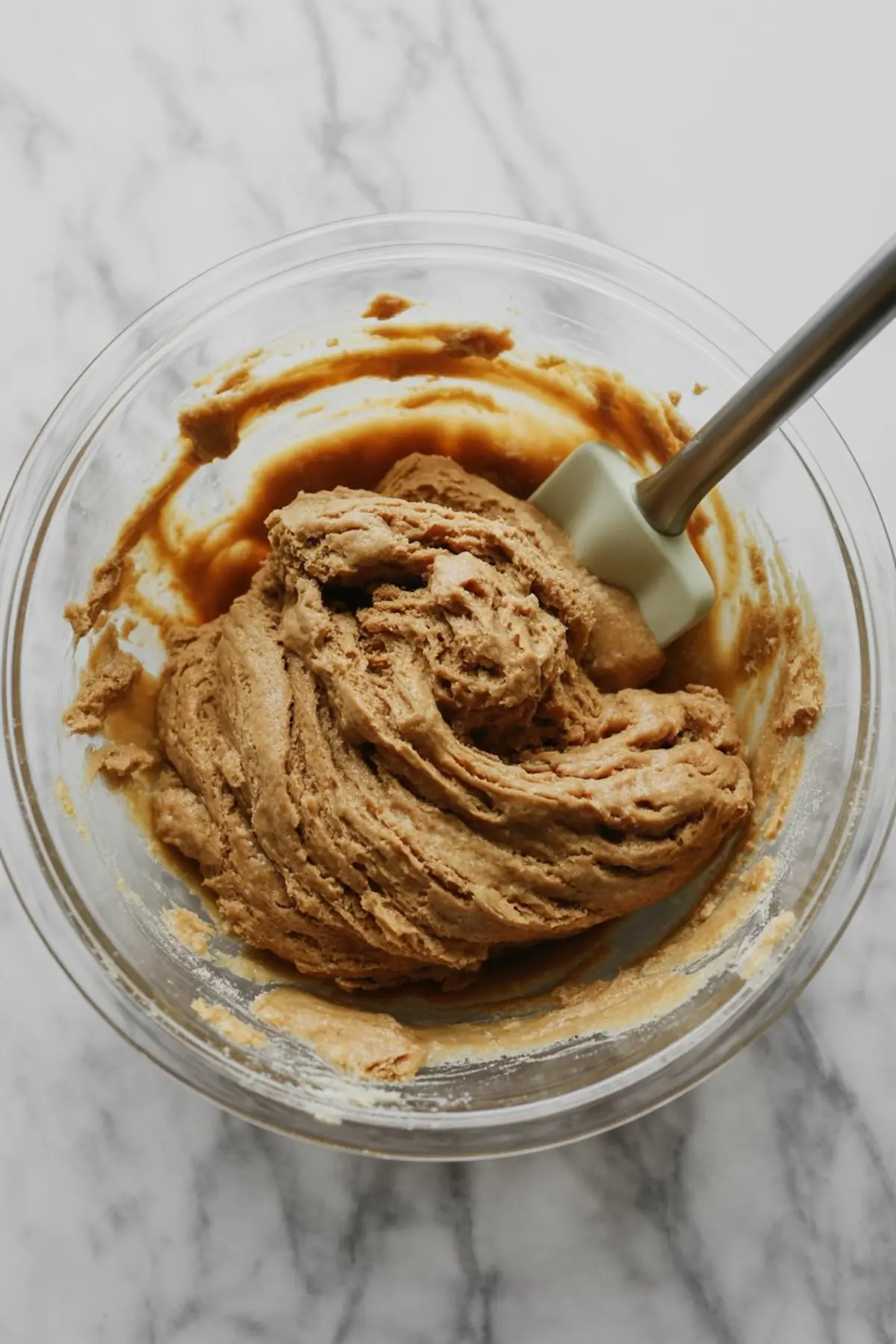
One large egg holds it together. Vanilla gives lift. A full quarter cup of molasses adds the richness. I recommend using unsulfured molasses for its clean, bold flavor.
These brown sugar cookies rely on a similar brown sugar base, and the moisture payoff is worth it in both cases.
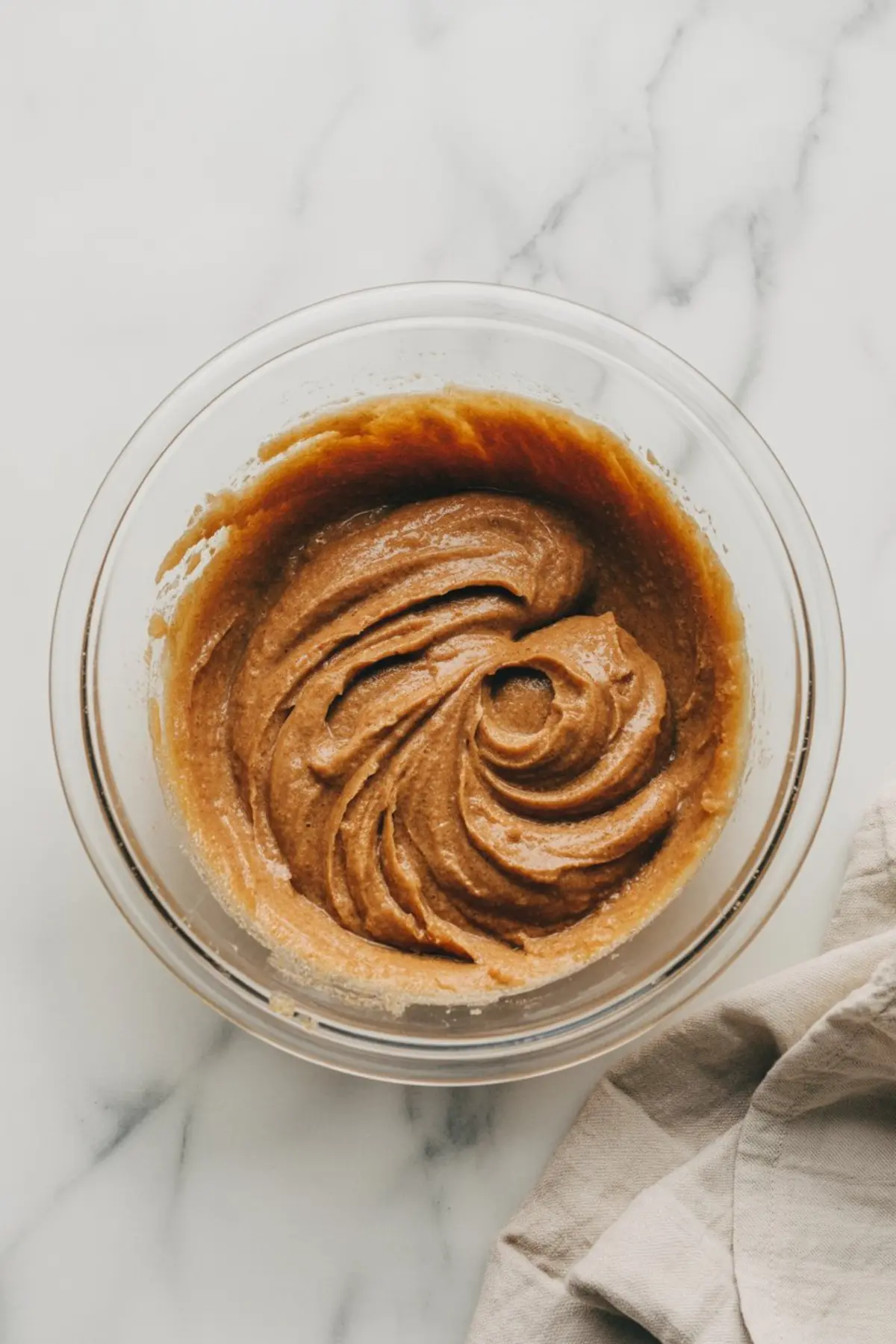
Butter: Melted vs. Softened — Which Gives Better Texture?
I’ve tested these cookies both ways. Softened butter creates a firmer dough but doesn’t distribute as evenly, especially without a mixer. Melted butter brings out a richer chew and shortens the mixing time.
If you want clean edges and minimal spreading, stick to softened. But for soft molasses cookies that crinkle on top and stay chewy for days, melted butter wins every time.
This is the same method I use for my peanut butter oatmeal cookies, and it’s proven reliable.
How to Form and Shape Soft Molasses Cookies
The dough mixes quickly and comes together thick. After rolling the dough into balls, I press each one lightly into a dish of granulated sugar. That extra coat gives the final cookie its signature sparkle and slight crisp edge.
There’s no need to chill the dough unless your kitchen is especially warm. A 1-tablespoon scoop works well for portioning. Spacing each cookie 2 inches apart prevents them from merging in the oven.
If you’re working with other holiday classics, you’ll notice this shaping method gives a slightly more rustic look than rolled-out cookies—but the texture payoff is worth it.
Baking Tips for Chewy Molasses Cookies That Don’t Dry Out

Bake at 350°F for about 10 minutes. The edges should look firm, but the centers should still appear soft and slightly underdone. That’s key.
The cookies will continue setting on the tray as they cool. I let them rest for 5 minutes before moving them to a rack.
Avoid overbaking. Even one extra minute can take them from chewy to dry. These are meant to bend in the center, not snap.
You’ll see the tops crinkle naturally if the dough is properly mixed and spaced. That texture—along with the sugar crust—gives them that familiar molasses cookie character you might recognize from Starbucks ginger molasses cookies-style bakes.
Serving and Storage Tips That Actually Work
Serve these cookies with tea or coffee. Their deep flavor pairs well with sharp drinks—think dark roast or black tea.
I usually bake these a day ahead and store them in an airtight tin. The flavor deepens slightly overnight, and the texture stays soft.
For longer storage, layer them between parchment and freeze. A short warm-up in the oven brings the chew right back.
If you want to add them to a cookie box, consider pairing with maple cookies or chocolate crinkles. They all balance each other with different spice levels and textures.
Related Recipes You’ll Like Too
- Whoopie Pies Recipe
- Maple Cookies
- Snickerdoodle Cookies
- Peanut Butter Oatmeal Cookies
- Dark Chocolate Brown Sugar Cookies
Save This Molasses Cookie Recipe and Share Your Thoughts
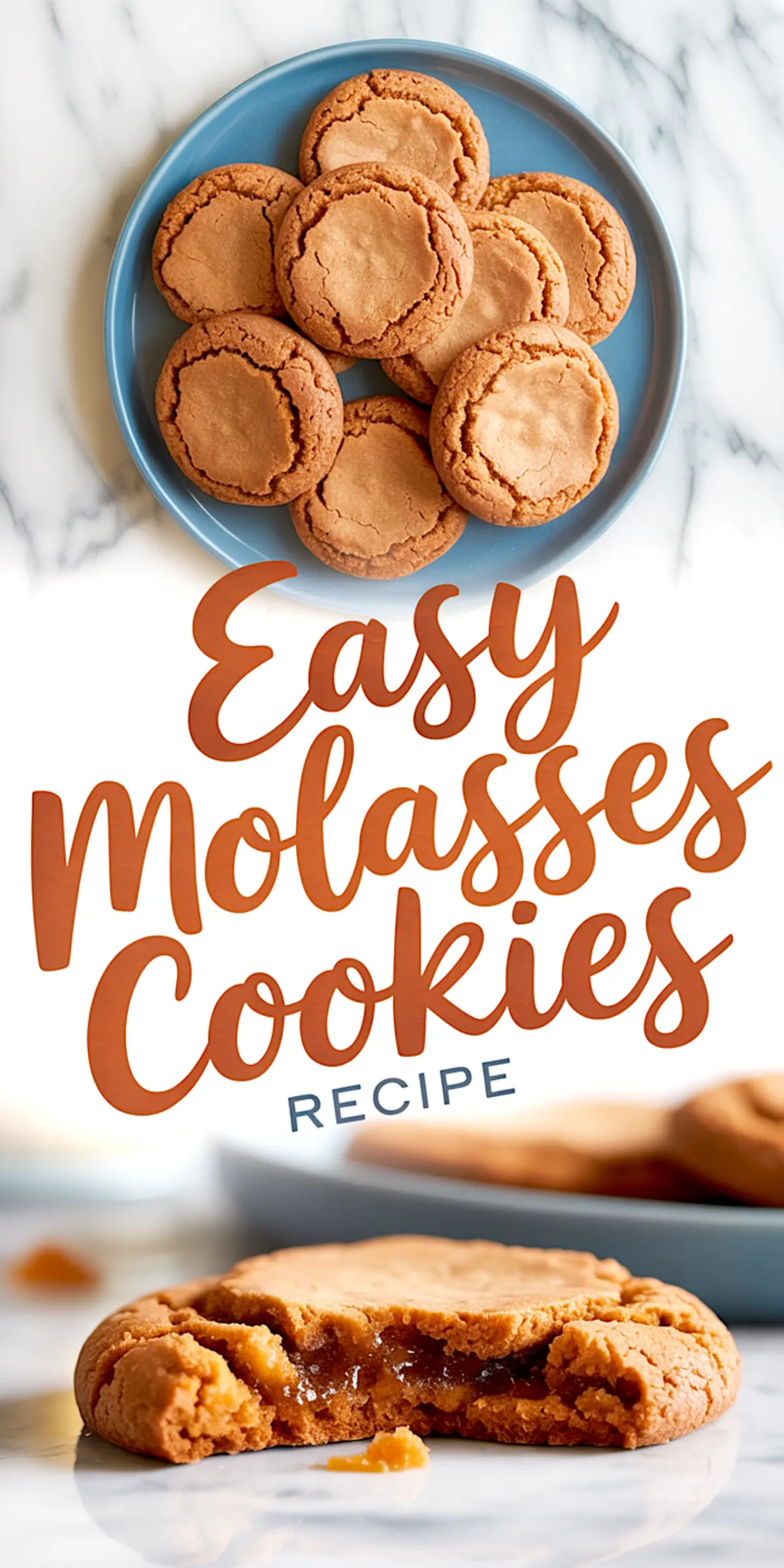
These cookies always make my kitchen smell like December. They store well, they pack nicely, and they don’t need decoration to impress.
Pin this recipe to your holiday cookies board so you have it ready for the next chilly afternoon.
And if you bake them, leave a note in the comments. I’d love to hear how they turned out or if you tried adding your own twist.
Molasses Cookies Recipe
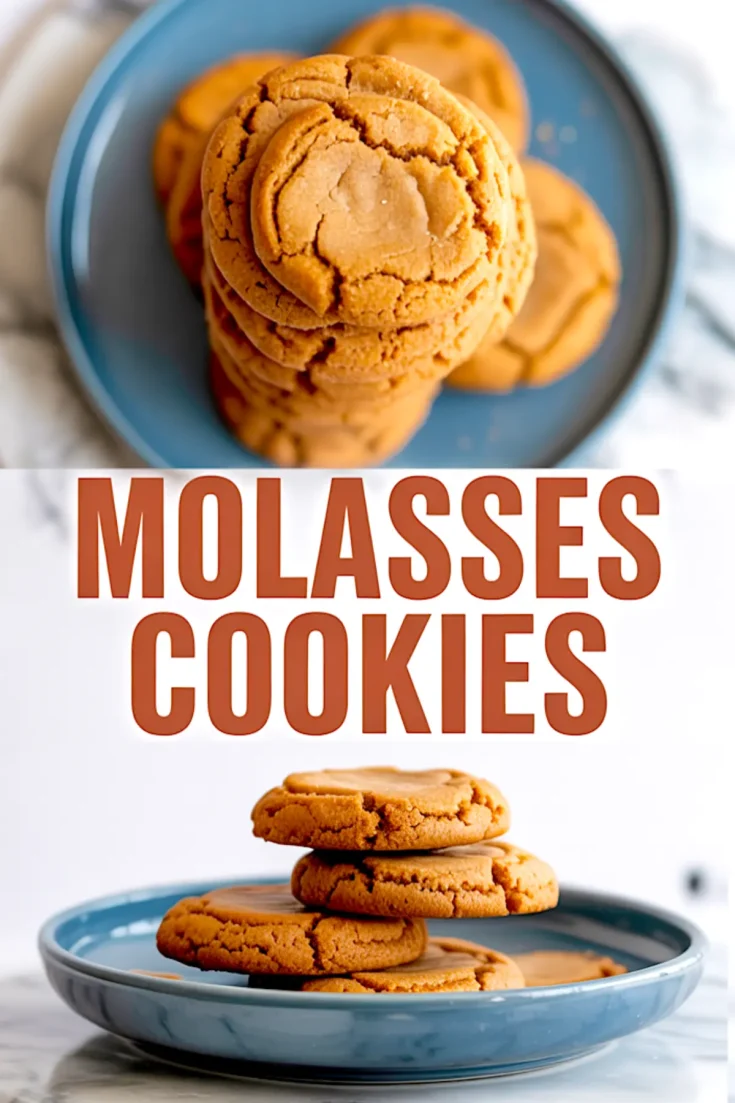
Soft molasses cookies bring together rich brown sugar, warm spices, and a bold molasses flavor in every bite. Their soft, chewy texture and slightly crisp edges make them a cozy treat that’s simple to bake with pantry staples. No mixer required—just stir, roll, and bake.
Ingredients
- 2 1/4 cups all-purpose flour
- 2 tsp baking soda
- 1 tsp ground cinnamon
- 1/2 tsp ground ginger
- 1/4 tsp ground cloves
- 1/2 tsp salt
- 3/4 cup unsalted butter, melted and slightly cooled
- 1 cup packed brown sugar (light or dark)
- 1 large egg
- 1/4 cup unsulfured molasses
- 1 tsp pure vanilla extract
- Extra granulated sugar (for rolling)
Instructions
- PREHEAT THE OVEN: Set the oven to 350°F (175°C) and line two baking sheets with parchment paper to prevent sticking and ensure even baking.
- MIX THE DRY INGREDIENTS: In a medium bowl, whisk together the flour, baking soda, cinnamon, ginger, cloves, and salt. Set the bowl aside for later use.
- COMBINE BUTTER AND SUGAR: In a large mixing bowl, stir together the melted butter and brown sugar until the mixture is smooth and fully blended.
- ADD WET INGREDIENTS: Beat in the egg, then stir in the molasses and vanilla extract until everything is well incorporated and the mixture looks uniform.
- INCORPORATE DRY INGREDIENTS: Gradually add the dry ingredients to the wet mixture, stirring just until no dry spots remain. The dough will be thick and slightly sticky.
- FORM COOKIE DOUGH BALLS: Scoop out tablespoon-sized portions of dough and roll each into a ball using your hands for even shaping.
- ROLL IN SUGAR: Roll each dough ball in a shallow dish of granulated sugar until evenly coated on all sides for a crisp, sweet exterior.
- PLACE ON BAKING SHEET: Arrange the sugar-coated dough balls on the prepared baking sheets, spacing them about 2 inches apart to allow for spreading.
- BAKE THE COOKIES: Bake for 9 to 11 minutes, or until the edges look set but the centers are still soft. The tops should appear crackled. Avoid overbaking to maintain a chewy texture.
- COOL THE COOKIES: Let the cookies cool on the baking sheet for 5 minutes, then transfer them to a wire rack to cool completely.
Notes
For a sweet-and-salty twist, sprinkle a small pinch of flaky sea salt on each cookie just before baking. Store cooled cookies in an airtight container at room temperature for up to 5 days.

